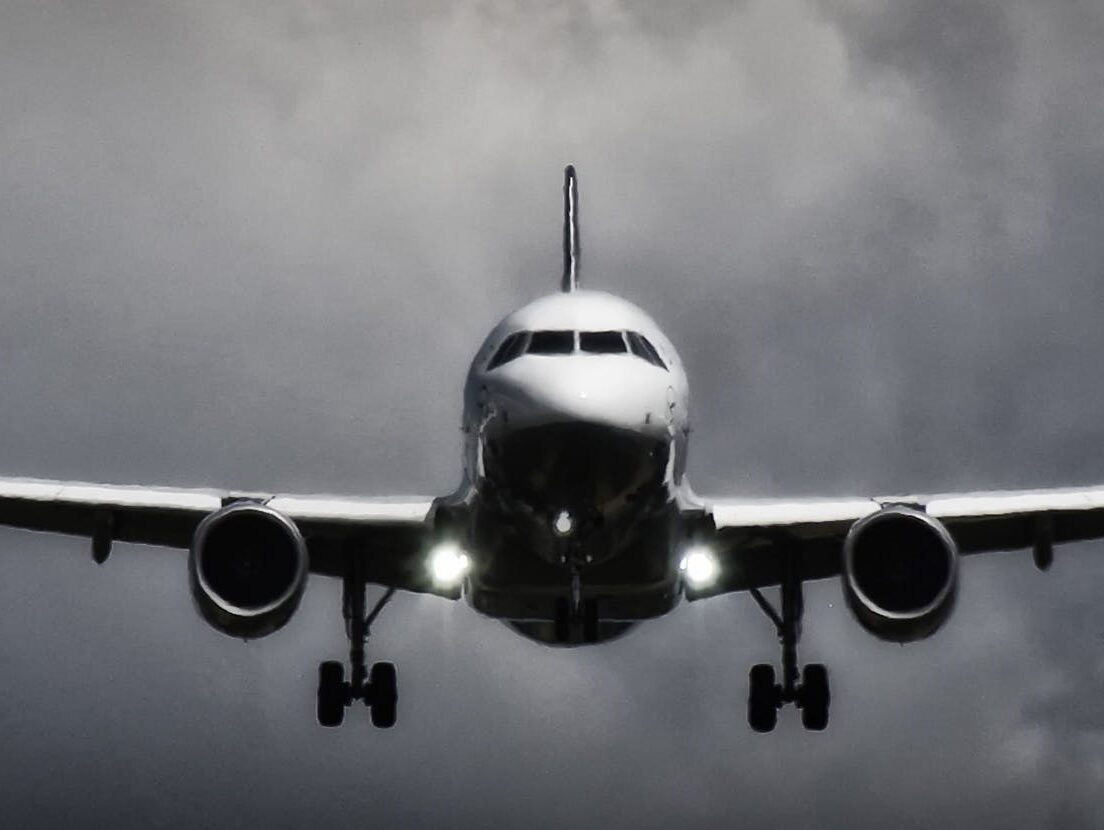6/20/25
Although planes are considered to be the safest mode of transportation, the world has lost much faith in the aviation industry after the devastating accidents of this year alone.
On June 12, 2025, Air India’s Flight 171, a Boeing 787-8 Dreamliner, crashed seconds after takeoff atop a medical hostel in Ahmedabad, India. With the full tank of fuel, a huge explosion followed, yielding just 1 survivor. The accident claimed 270 fatalities, making it the deadliest crash of the decade.
On January 29, 2025, American Airlines Flight 5342 collided with a Sikorsky H-60 helicopter in Washington, DC. This and several recent plane crashes prompt an important question: what causes such tragic accidents, and how can they be avoided?
Many aviation accidents can be traced back to decisions made by company management. Around the world, cost-cutting and overworking employees could be the reason for increased accident frequency. This year, the US Federal Aviation Administration lost more than a hundred employees due to downsizing, an event that coincided with fatal crashes in the US. In 2023, IndiGo Airlines was revealed to have neglected passenger safety in favor of cost-efficient landing methods. European vendors have historically sold cheaper parts to airlines that have favored money-saving designs. Boeing skimped on quality in the 737 Max plane, resulting in fatal crashes in 2018 and 2019, with 346 people killed.
These accidents could have been avoided if aviation companies had taken appropriate steps to ensure plane maintenance and pilot quality. Boeing, a major plane manufacturer, has a big influence on the safety of passengers and crew. There have already been several cases pertaining to the manufacturing of higher quantity, lower quality planes. The CEO has mentioned pressure from airlines to produce more planes, hence the failure to thoroughly check their products. Other plane manufacturers also face these issues. Airlines are also under pressure to cut costs and increase profit. This results in cutting corners on maintenance and safety procedures. Both manufacturers and customers are failing to meet their own expectations. However, it is important to take a step back and look at the devastation caused by crashes.
Several days after Air India’s crash, many families are still waiting to receive the victims’ bodies. As expected, the Indian government responded by enforcing stricter regulations for airlines. The plane’s black box was recently recovered and might reveal what went wrong. The United States’s National Transportation Safety Body (NTSB) will assist India’s Aircraft Accident Investigation Bureau (AAIB) with investigations.
For reparations, the Tata Group will cover medical expenses of injuries, assist in rebuilding the hostel, and give one crore (10 million) rupees to each victim’s family. Air India has taken more cautious measures, canceling several of its international flights and implementing thorough checks before takeoff. Affected customers were offered refunds and rescheduling options.
Still, no amount of money can bring back victims. The public waits to hear the root cause of the crash. It is critical to prioritize the safety of passengers and crew; profits, costs, and all other matters are secondary.

